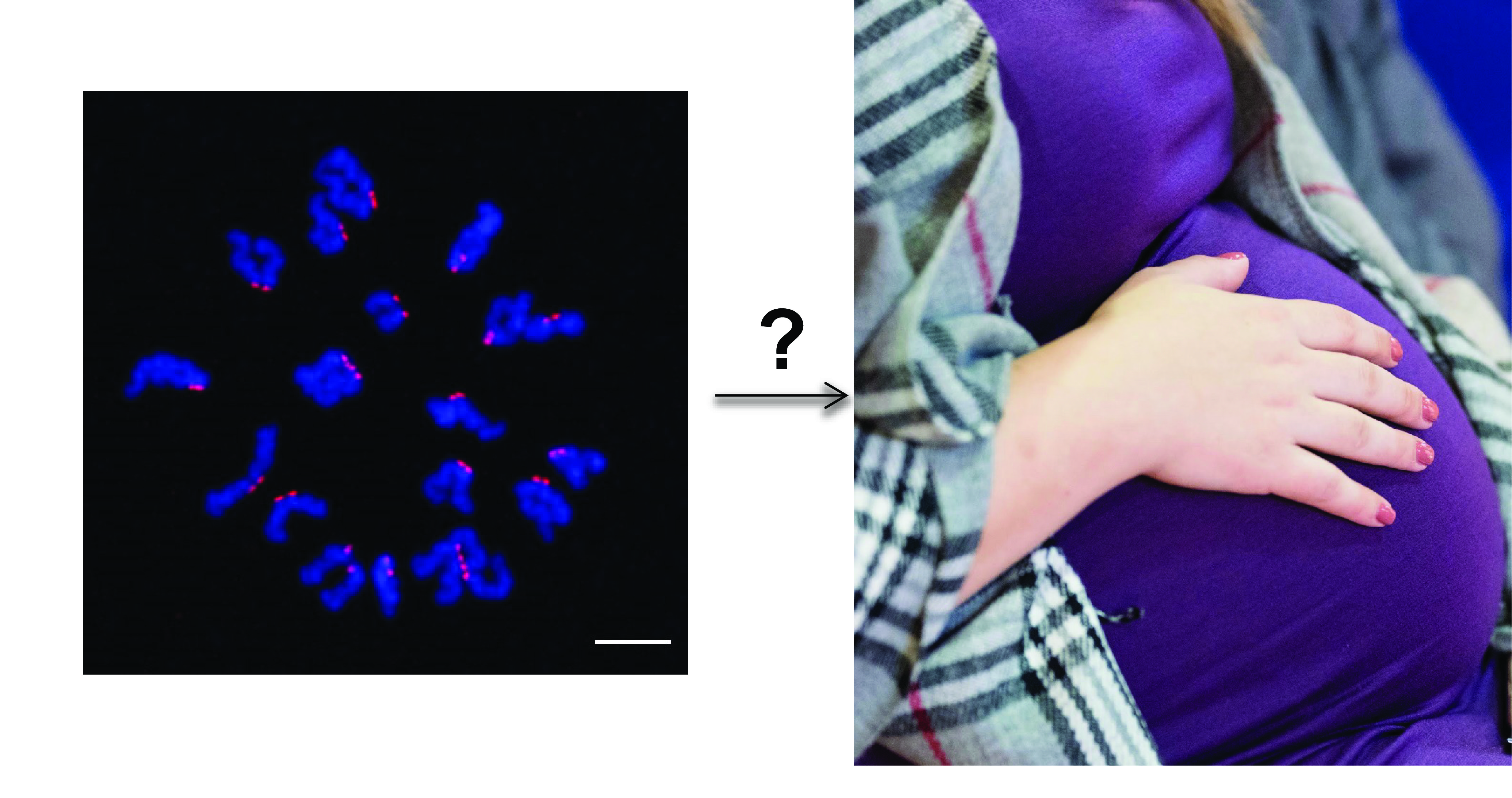Three internationally renowned FAU researchers provide “best practices” and answer some of the most frequently asked questions to help protect Florida’s nesting sea turtles and their hatchlings.
Tag: eggs
“Eggsplosions” and eyes don’t mix
Microwaving hard-boiled eggs is one of the latest TikTok trends that can harm your eyes
Rates of hatching failure in birds almost twice as high as previously estimated
Hatching failure rates in birds are almost twice as high as experts previously estimated, according to the largest ever study of its kind.
Egg prices likely to drop – but when and how low is TBD
According to a recent USDA report, retail prices of eggs have “begun to ease,” but consumers are still seeing a historically high spike in cost given an outbreak of avian flu. The following Cornell University agricultural economists weigh in on…
Backyard chickens, rabbits, soybeans can meet household protein demand
In 2020, stores sold out of garden seed, coops and rabbit cages. Meat shortages led many to wonder what to eat for protein when supply chains are disrupted and some people turned to gathering eggs, raising animals and growing their own food. A team from Michigan Tech and the University of Alaska assessed backyard protein sources: They looked at how a typical household with a typical backyard can raise chickens, rabbits or soybeans to meet its protein needs.
Rutgers Expert Available to Discuss 17-Year Cicadas in N.J.
New Brunswick, N.J. (March 18, 2021) – Rutgers University–New Brunswick entomologist George C. Hamilton is available for interviews on the upcoming emergence of 17-year cicadas in New Jersey. The big, noisy insects appear suddenly in late May or early June. “This spring, we will…

Go (over) easy on the eggs: ‘Egg-cess’ consumption linked to diabetes.
Scrambled, poached or boiled, eggs are a popular breakfast food the world over. Yet the health benefits of the humble egg might not be all they’re cracked up to be as new research from the University of South Australia shows that excess egg consumption can increase your risk of diabetes.

Scientists are First in the World to Spawn Bonefish in Captivity
Fossil records of bonefish go back 138 million years, but large gaps about their biology remain. In just four years, scientists have successfully spawned bonefish in captivity and have figured out their life cycle to help inform management and conservation of this revered fishery. In the Florida keys alone, the annual economic impacts exceed $465 million. Florida’s recreational and commercial fishing industries and associated businesses account for billions of dollars that drive the economic engine for the state each year and contribute to hundreds of thousands of jobs.

Why Do So Many Pregnancies and In Vitro Fertilization Attempts Fail?
Scientists have created a mathematical model that can help explain why so many pregnancies and in vitro fertilization attempts fail. The Rutgers-led study, which may help to improve fertility, is published in the journal Proceedings of the National Academy of Sciences.
An egg a day not tied to risk of heart disease
The controversy about whether eggs are good or bad for your heart health may be solved, and about one a day is fine. A team of researchers from the Population Health Research Institute of McMaster University and Hamilton Health Sciences found the answer by analyzing data from three large, long-term multinational studies.